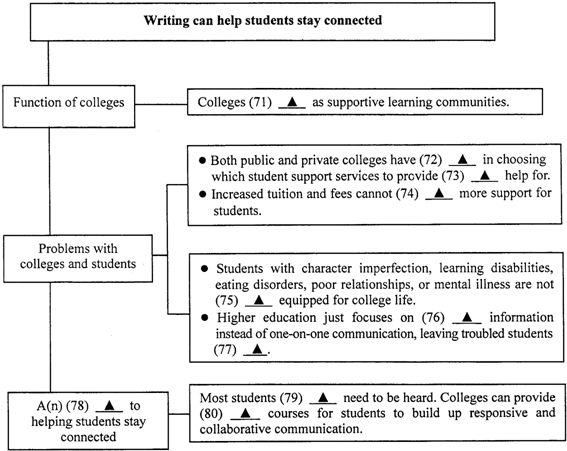Understanding the Benefits and Application Process of Direct Subsidized Student Loans
#### What is a Direct Subsidized Student Loan?A Direct Subsidized Student Loan is a type of federal student loan designed to help undergraduate students pay……
#### What is a Direct Subsidized Student Loan?
A Direct Subsidized Student Loan is a type of federal student loan designed to help undergraduate students pay for their education. Unlike other loans, the government pays the interest on these loans while the student is in school at least half-time, during the grace period, and during periods of deferment. This makes Direct Subsidized Student Loans an attractive option for students who demonstrate financial need.
#### Eligibility for Direct Subsidized Student Loans
To qualify for a Direct Subsidized Student Loan, students must demonstrate financial need, which is determined by the information provided on the Free Application for Federal Student Aid (FAFSA). Additionally, students must be enrolled at least half-time in an eligible degree or certificate program at a college or university. It’s important to note that these loans are only available to undergraduate students, and there are limits on the amount that can be borrowed each academic year based on the student's year in school and dependency status.
#### The Application Process

Applying for a Direct Subsidized Student Loan begins with completing the FAFSA. This form collects financial information to assess your eligibility for federal student aid, including grants, work-study, and loans. Once your FAFSA is processed, your school will send you a financial aid offer, which may include Direct Subsidized Student Loans if you qualify.
After accepting the loan, students must complete entrance counseling and sign a Master Promissory Note (MPN) to agree to the terms of the loan. Entrance counseling ensures that students understand their rights and responsibilities regarding the loan.
#### Loan Limits and Repayment
Direct Subsidized Student Loans have specific borrowing limits. For dependent undergraduate students, the annual limit can range from $3,500 to $5,500, depending on the year in school. The total amount a student can borrow throughout their undergraduate career is capped at $23,000.

Repayment typically begins six months after graduation, leaving school, or dropping below half-time enrollment. The repayment period can extend up to 10 years, and borrowers have the option to choose from various repayment plans, including income-driven repayment plans that adjust monthly payments based on income.
#### Benefits of Direct Subsidized Student Loans
One of the primary benefits of Direct Subsidized Student Loans is the subsidized interest. Since the government covers the interest while the student is in school, it reduces the overall cost of borrowing. Additionally, these loans offer flexible repayment options and the possibility of loan forgiveness under certain circumstances, such as through public service loan forgiveness programs.
#### Conclusion

In summary, Direct Subsidized Student Loans are a valuable resource for students seeking financial assistance for their education. Understanding the eligibility requirements, application process, and benefits can empower students to make informed decisions about financing their college education. By taking advantage of these loans, students can focus on their studies and future careers without the burden of accruing interest during their academic journey.